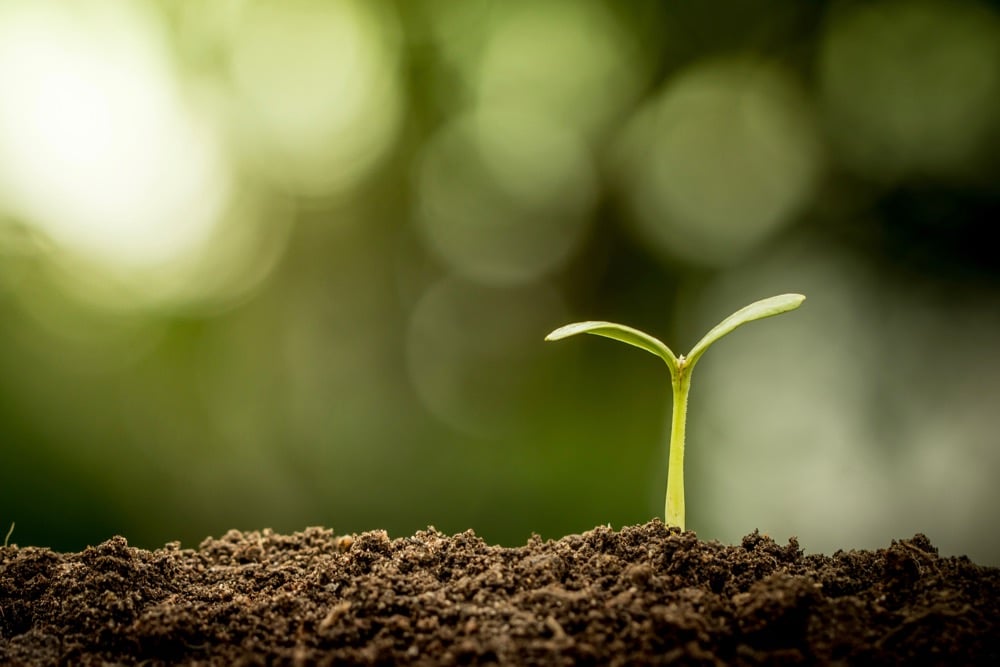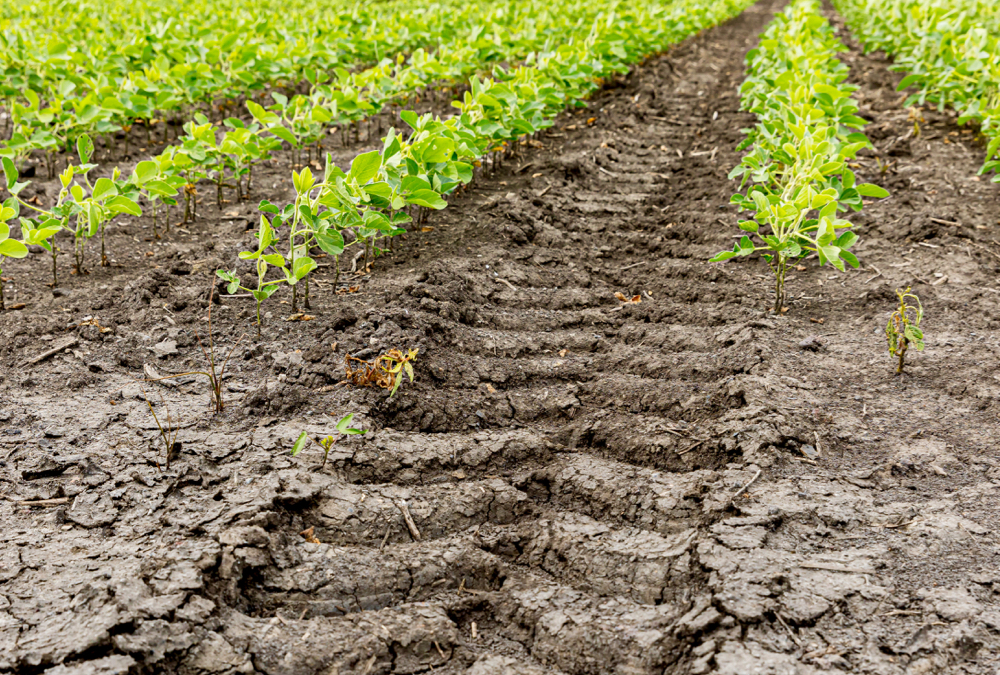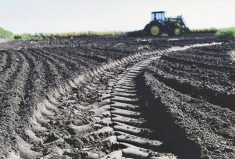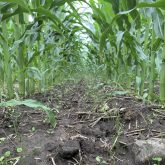The Soil Conservation Council of Canada has released its first national soil health report card.
The soil grades are based on farmer changes made over the past five to 10 years, soil conditions, and whether organic matter levels have improved.
“It wasn’t in terms of hard data, but just from my experience and research, extensions and outreach to farmers and the industry, an idea of what’s happening in different regions in Canada and trying to synthesize that information,” said Mario Tenuta, a professor in the department of soil science at the University of Manitoba.
Read Also

Ontario’s agri-food sector sets sights on future with Agri-Food 2050 initiative
The first-ever Agri Food 2050, a one-day industry event dedicated to envisioning the future of food and farming in Ontario,…
Why it matters: The soil report card is expected to help different parts of Canada reflect on their soil health status and understand areas in need of improvement.
The report card shows low scores for Eastern Canada, focusing on Ontario and Quebec production, in areas of organic carbon and 4R nutrient management.
According to Agriculture and Agri-Food Canada, the levels of organic matter are not increasing for agricultural systems for the East, as they are in the West.
“Some of it is related with changing cropping systems, in terms of switching away from some cereals and switching away from perennial forages. It’s resulted in a decline in organic matter,” said Tenuta.
The report was released during National Soil Conservation Week, from April 19-25.
This year marks the inaugural year for the national soil health report card, released by the Soil Conservation Council of Canada (SCCC), in collaboration with Tenuta and David Lobb, also a soil science professor at the University of Manitoba.
“I split the west and east into different grades because the situations are quite different between the two in terms of climate, agricultural commodity, agricultural systems, production and soil species,” said Tenuta.
He said 4R nutrient management in the East was scored low because of the large amounts of corn grown in Eastern Canada.
“I gave it a C because I felt that we could be doing a better job in terms of subsurface placement of nitrogen to reduce the losses through ammonium volatilization. Farmers are not managing fields or using field-specific or site-specific agriculture approaches.”
However, eastern provinces showed great interest with cover crops and intercropping, which gave them a higher score for cover crops compared to Western Canada.
The SCCC hopes the awareness generated by the report card will spark improvements in soil health across Canada by keeping the issue in the mind of farmers, policy makers, governments and researchers.
“The whole idea is a trajectory of improving awareness and understanding by farmers and industry members,” said Tenuta.
“Improving the research, the intensity of the research, the amount of the research and the diversity of the research of soil health across Canada and then implementation and practice.”
The SCCC hopes to expand the report card collaborators across Canada and continually build on the 4R nutrient management, soil carbon loss, cover crops and biodiversity of soil to create an annual picture of soil health trends in Canada.
Report card may help with the Senate re-evaluation of soils
The last time the state of Canada’s soil was analyzed was in the 1980s — with Soils at Risk.
“There is strong evidence that the state of affairs in soil conservation is in greater need now than it was back in the ’80s. The problem is the government has turned away from it,” says University of Manitoba professor David Lobb.
The report card is an opportunity to respond to certain questions and assess whether the state of affairs is moving forward or not.
“I would argue that every province and every region should look at what they’re doing and whether or not they need to be doing more,” says Lobb.
He says he hopes the soil health report card will be a part of the Senate’s initiative to re-evaluate Canada’s soil health compared to that of the 1980s Soils at Risk program.
“This should hopefully provide information for that type of discussion. I don’t think anyone is looking at this to be a tool by which we could force governments or agencies to do ‘x, y or z’. But by getting that information out, it should create a fair bit of discussion and that should influence how people make decisions,” says Lobb.















